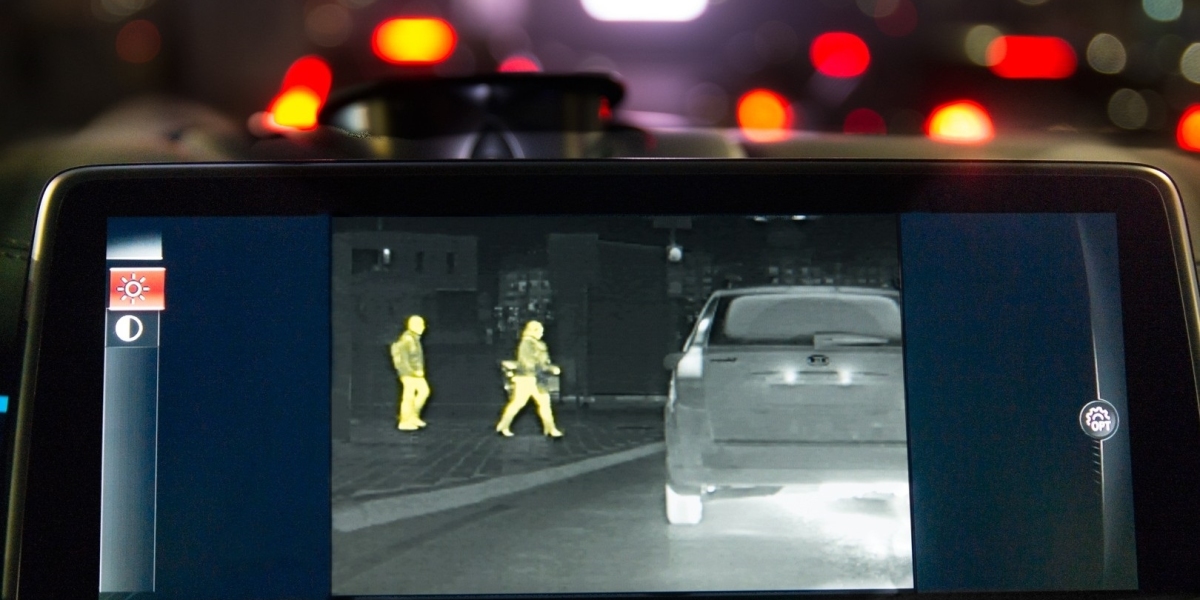Driving at night presents unique challenges, with reduced visibility often leading to accidents and collisions. To address this issue, automotive manufacturers have introduced innovative solutions in the form of Night Vision Systems (ANVS).
The Evolution of Night Vision Systems:
Night Vision Systems have undergone significant evolution since their inception. Initially developed for military use, these systems were adapted for automotive applications to improve nighttime visibility for drivers. Early versions of ANVS relied on thermal imaging technology to detect heat signatures, allowing drivers to see beyond the range of traditional headlights. However, advancements in sensor technology and image processing algorithms have led to the development of more sophisticated ANVS capable of providing high-definition images in real-time.
How Automotive Night Vision Systems Work:
Automotive Night Vision Systems operate by using infrared sensors to detect heat emitted by objects on the road. These sensors then convert the thermal energy into electrical signals, which are processed by onboard computers to generate a clear image of the surrounding environment. The resulting image is displayed on the vehicle's dashboard or heads-up display, providing drivers with enhanced visibility of potential hazards such as pedestrians, animals, or obstacles in the roadway.
Benefits of Automotive Night Vision Systems:
The primary benefit of Automotive Night Vision Systems is improved safety on the road. By providing drivers with enhanced visibility in low-light conditions, ANVS help reduce the risk of accidents and collisions caused by poor visibility. This is particularly crucial for drivers navigating poorly lit roads, rural areas, or areas with high pedestrian traffic. Additionally, ANVS can also help drivers identify and react to potential hazards more quickly, giving them valuable time to take evasive action and avoid accidents.









